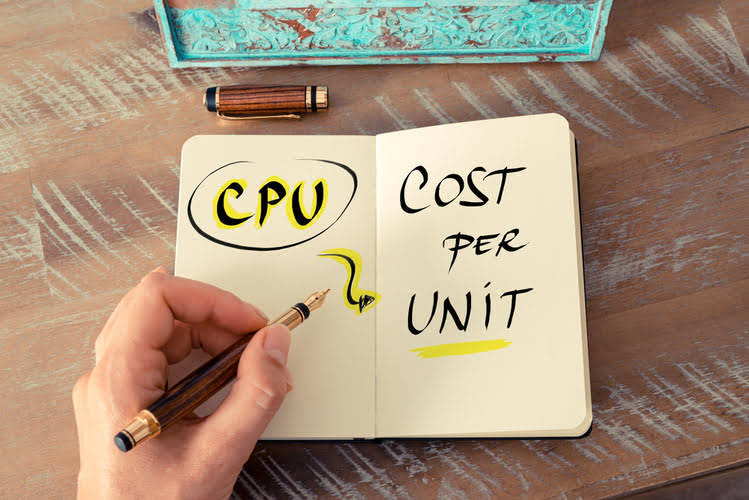Content

With a purchase order for goods and services, you might not need a separate contract for the particular transaction. With Hiveage you can send elegant invoices to your customers, accept online payments, and manage your team — all in one place. These payment requests should include the same language on purchase order invoices to limit confusion and avoid potential disputes. Use a smart invoice template and give your business the professional look it deserves. Many modern invoice templates even include saved line items, which allow you to create invoices for your clients in a matter of seconds.
- Since it’s pre-approved, no further approvals are required, and the invoice can be processed quickly.
- An invoice is a bill from a supplier to a customer to request payment for goods purchased and shipped or received in person.
- Purchase order is a document that a customer sends to the vendor while placing an order.
- Thus, if you do not want to spend all day invoicing, have a look at the simple steps with which InvoiceOwl lets you create professional invoices.
- Most importantly, purchase orders and invoices have two distinct purposes.
- The purchase order and invoice make tracking your business expenses and revenues easy, and creating accurate financial statements simple.
Businesses that receive or expect payments from the sale of goods and services should use invoices. An invoice is basically a bill you send to customers after they receive their product or service. If a customer purchases something without paying right away, send an invoice. If you have loyal or long-term customers who frequently order the same products, you might use a standing purchase order. Standing purchase orders make it possible for customers to order the same products or services multiple times using the same PO number. Purchase Order is a kind of proposal to the seller made by the purchaser for entering into a contract for sale. Issuing the purchase order is the beginning of the contract which completes on the final settlement of the transaction.
Invoice vs. purchase order similarities
But a buyer will send a purchase order to a company or vendor to communicate their desire for a particular service or set of goods. Don’t forget that a purchase order can be used for services too! Purchase orders and invoices are connected, but they are different concepts. Invoices are from the seller to the buyer, and they show the buyer how much money he owes the seller. The invoice explains the products that were delivered, their price, and the payment terms. ECommerce businesses commonly rely on online invoicing tools. Is the official document sent by a buyer to a vendor with the intention to track and control the purchasing process.

POs are efficient financial tools that are used to track order statuses and manage suppliers’ payments. Some purchase orders may also implicate preliminary provisions that the parties have agreed upon before the purchase. These provisions purchase order vs invoice could include any arrangements – from shipping goods with all-cargo services to paying for the order in a cryptocurrency. A PO number is a unique identification number assigned both to the purchase order and the supplier invoice.
Free invoice generator
A purchase order is created before the delivery of the goods or services. An invoice, on the other hand, is made following the completion of the delivery of the goods or services. A successful business may feel confident in a handshake deal or take the word of a trusted long-time vendor. It’s crucial to protect yourself should a problem or disagreement occur.

ZipBooks builds this data–and much more–into an “Invoice Quality Score” that updates live as you edit your invoice. The PO lists the order details and the delivery date of the order, while an invoice includes the price of the order, terms and conditions of payment, and the payment due date. In other words, purchase orders typically come before invoices. The best way to achieve this is through digital procurement software. As mentioned earlier, invoices are the standard for requesting business-to-business payments, which is the main reason companies use them. In addition, they contain much of the same information, including order details, mailing information, quantity of goods or services, PO number, and pricing.
What is a Purchase Order?
If I ever need to send an invoice, I know it’s gonna work, and I know they’re gonna get it, and I’ll know when they’ve seen it and paid or not paid it. At least if everything else gets hard, I know I’ve got a system there that’ll let me get paid. I’ve been using Hiveage’s predecessor Curdbee for years, and Hiveage improves on Curdbee in every way. The interface is polished, fast, fluid and intuitive, and the amount of features available are pretty amazing. It will be my project management software for the foreseeable future, and the only one I recommend to clients and colleagues.
What comes after purchase order?
After the order has been created, the next step in the process is to get approval of the requisition. In some cases, this approval may be verbal or sent as an email. In other companies, more formal actions, such as completing paperwork, may be required.
A PO sets certain requirements for the vendors and makes them clear to follow. If the vendor already exists in the system, a bill is generated with the amount you are liable to pay. • You know when a payment is due and the grace period to make the payment.
Comparing Purchase Order vs Invoice vs Sales Order
The greatest challenge for any supplier is encouraging fast payment of invoices. One study found that 80% of small businesses experience late payment on their goods and services. It is not uncommon to see purchase order invoices confused with sales invoices.
- Both SOs and invoices will be branded with the supplier’s logo in most cases.
- A purchase order is a legally binding document that defines the products or services your company wishes to procure from a supplier.
- A purchase order is not a binding contract, but it does serve as an official request for goods or services.
- Even veteran procurement teams may have different definitions of the two.
- It’s also important to note that purchase orders are legally binding documents, but invoices are not.
- It acts as a proof of purchase as well as a transaction on the buyer’s side.
A receipt on the other hand, is issued after money has been received. Two critical documents used in the construction industry are purchase orders and invoices.
No time for a live demo? Watch an eSUB Cloud demo at your own pace.
Invoices create a “paper trail” between the purchaser and the merchant. By issuing, sending, and accepting invoices, the parties establish a transparent legal framework and agree to fulfill the terms of the respective payment agreement. A PO serves as proof of the agreed-upon pricing struck between you and a specific supplier or manufacturer. If that manufacturer changes their price, refer to the relevant PO to point out the initial cost. This way, your accounts payable is under the protection of the respective purchase order. If you have a streamlined vendor billing process, you can save a lot of time during invoice processing and avoid erroneous and wrong payments. Vendor payments are a crucial part of the accounting department.
Purchase Order Financing: What It Is And How It Can Help You – Forbes
Purchase Order Financing: What It Is And How It Can Help You.
Posted: Thu, 20 Oct 2022 07:00:00 GMT [source]




